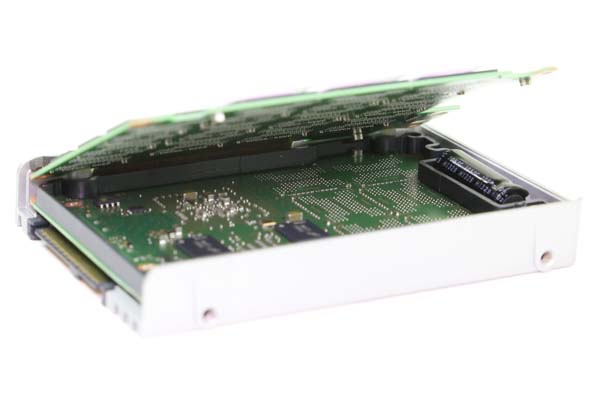I’m new to Truenas and I’m a bit confused as to whether i will benefit from a SLOG at all in my configuration.
My understanding is that data writes to the data pool can either be synchronous (slower but provides data integrity and protection) or asynchronous (faster but without data protection). I would like to use synchronous writes to get the higher level of data protection.
My intent is to use Truenas as my SAMBA server which by default use asynchronous writes. However, Truenas has settings to force all the writes to the data pool to be synchronous. Feel free to correct me on this one as I can’t remember where i got this info.
Only synchronous writes will benefit from a SLOG. So, in my case where I have SMB traffic which is asynchronous by default but I'm forcing it to be synchronous via a Truenas setting, would my system benefit from a SLOG? I will have no VMs or Databases running on the system, just SMB shares.
The system in question is a Truenas Mini X+ with two 6TB WD Reds in mirror mode.
The source of my information are the following links:
https://www.ixsystems.com/blog/zfs-zil-and-slog-demystified/
https://www.ixsystems.com/blog/why-zil-size-matters-or-doesnt/
https://www.truenas.com/docs/references/slog/#slog-for-asynchronous-writes
https://www.truenas.com/community/threads/some-insights-into-slog-zil-with-zfs-on-freenas.13633/
My understanding is that data writes to the data pool can either be synchronous (slower but provides data integrity and protection) or asynchronous (faster but without data protection). I would like to use synchronous writes to get the higher level of data protection.
My intent is to use Truenas as my SAMBA server which by default use asynchronous writes. However, Truenas has settings to force all the writes to the data pool to be synchronous. Feel free to correct me on this one as I can’t remember where i got this info.
Only synchronous writes will benefit from a SLOG. So, in my case where I have SMB traffic which is asynchronous by default but I'm forcing it to be synchronous via a Truenas setting, would my system benefit from a SLOG? I will have no VMs or Databases running on the system, just SMB shares.
The system in question is a Truenas Mini X+ with two 6TB WD Reds in mirror mode.
The source of my information are the following links:
https://www.ixsystems.com/blog/zfs-zil-and-slog-demystified/
https://www.ixsystems.com/blog/why-zil-size-matters-or-doesnt/
https://www.truenas.com/docs/references/slog/#slog-for-asynchronous-writes
https://www.truenas.com/community/threads/some-insights-into-slog-zil-with-zfs-on-freenas.13633/



